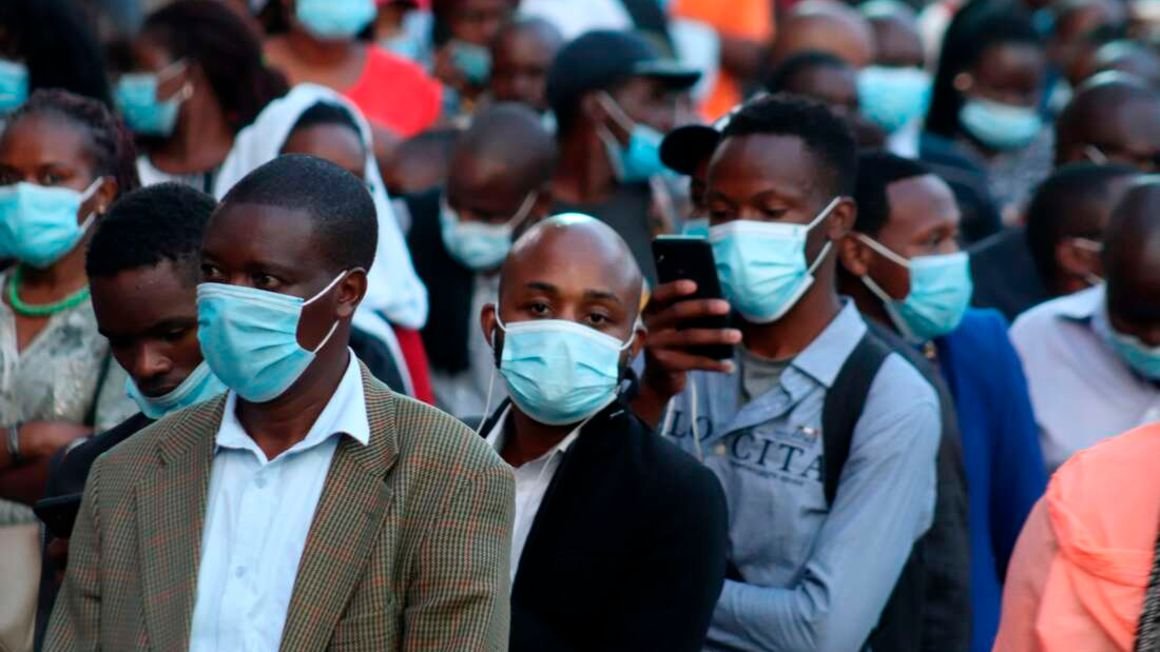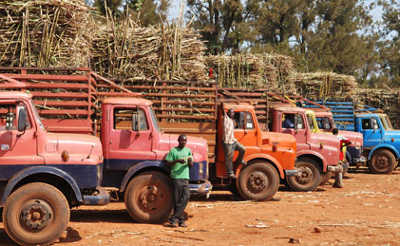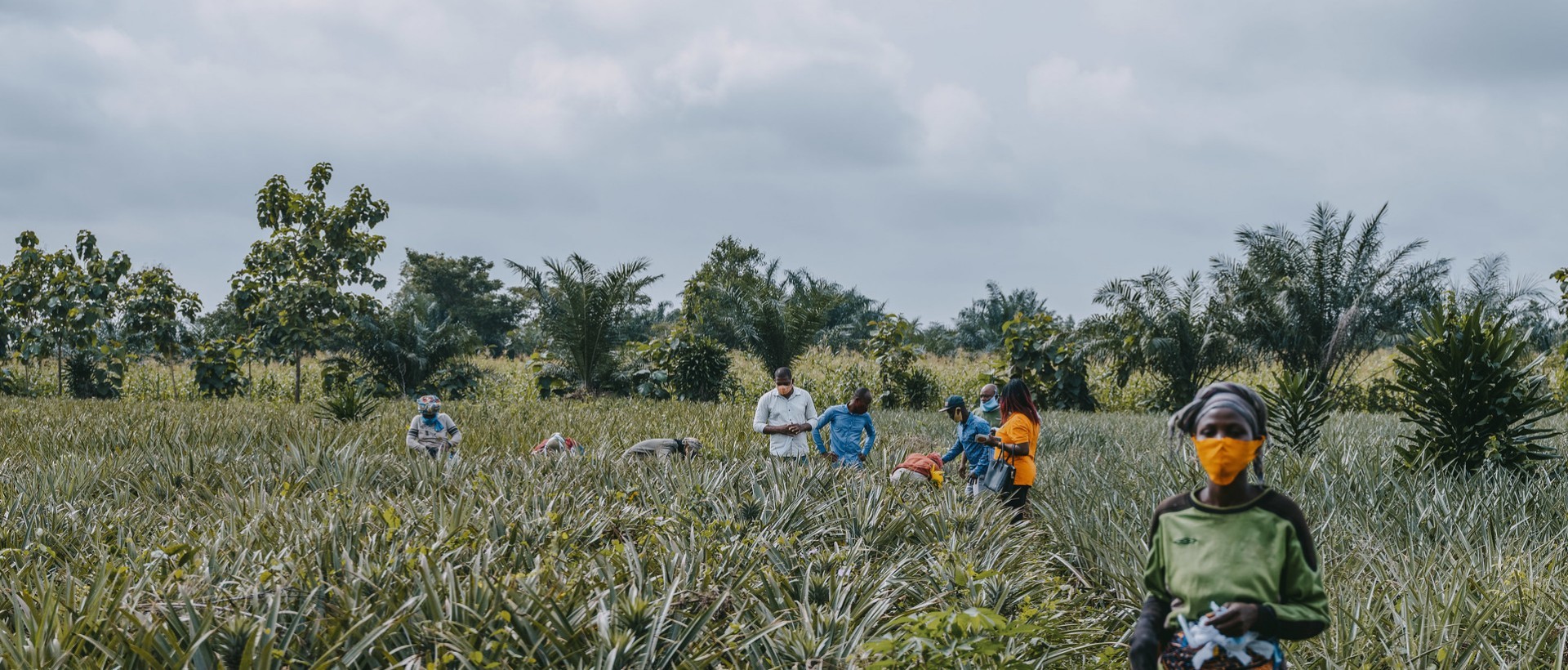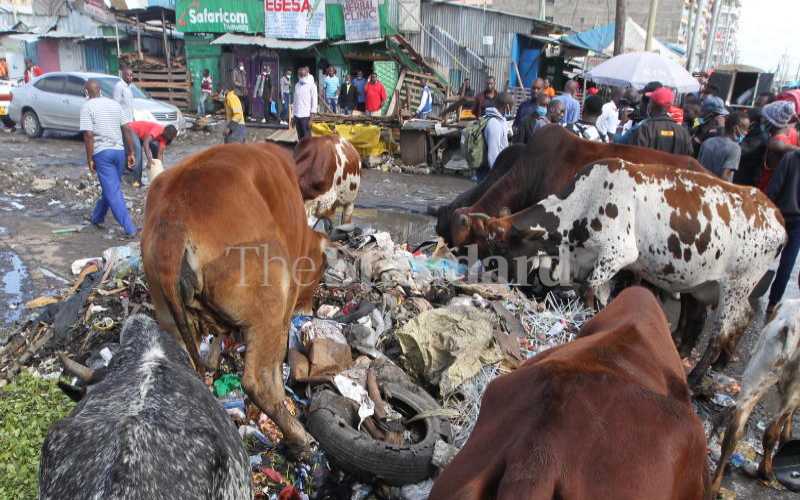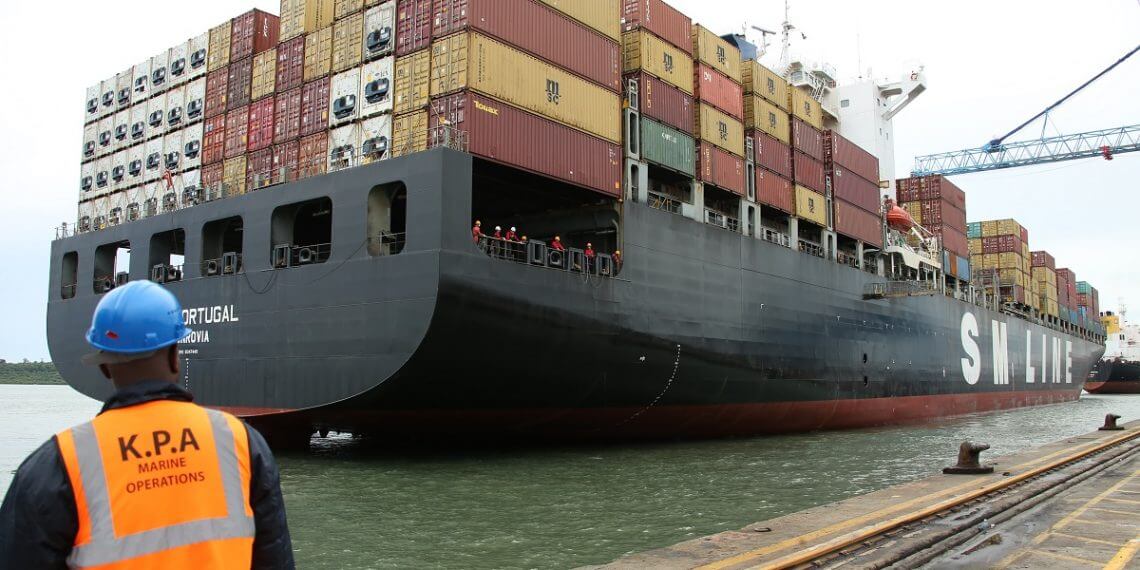Nairobi hosts EU-Africa Green Talk dialogue on sustainable development impact of local projects Dialogue between European Investment Bank, Portuguese Embassy in Kenya, financial community and development stakeholders confirms importance of green investment. The Secretary General of East African Community today joined more than 150 African business leaders, financial experts and diplomats in the Nairobi EU-Africa Green Talk to share investment best practice and outline how to mobilise private sector support for sustainable development across Africa. “Recent innovative investment across East Africa has transformed access for millions of people to clean water, renewable energy and finance essential for a better and more sustainable future. Today’s Nairobi Green Talks allow innovative solutions and technical best-practice to be shared with the rest of Africa and the world. The East African Community commends the Portuguese Presidency of the European Union and the European Investment Bank for their engagement with East African partners to further strengthen sustainable investment in the years ahead.” said Dr Peter Mathuki, incoming Secretary General of the East African Community. Participants highlighted how recent and future private sector led clean energy, sustainable transport and business investment across East Africa can unlock economic opportunities, strengthen resilience to COVID-19, increase protection from a changing climate and ensure more sustainable use of resources in the future. “Partnership between Africa and Europe is key to increasing investment essential to combat climate change and create new opportunities. The Portuguese EU Presidency and European Investment Bank are pleased to join forces with East African business, political and...
East African and international political leaders and financial experts highlight green investment best practice
Posted on: April 27, 2021
Posted on: April 27, 2021



